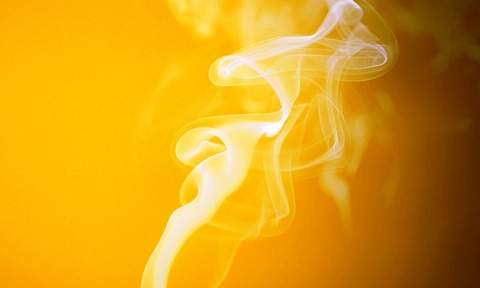Editor's comment: Cutting the mustard
1 Aug 2014

Monday 4th August 2014 marked 100 years since Britain entered the First World War. Aside from the unimaginable loss of life caused by constant battle, soldiers also had to contend with a relatively unknown foe: chemical warfare.
Sulphur mustards, more commonly known as mustard gas, are a class of related cytotoxic and vesicant chemical warfare agents that cause large blisters on exposed skin and can severally damage the lungs and eyes.
Mustard gas comprises a simple chemical composition consisting of a molecule of four elements. Its chemical formula is: C4H8Cl2S.
When produced in its purest form, mustard agents are practically odourless and colourless, and rest in a liquid state while at room temperature.
“Mustard agent can destroy a large number of different substances in the cell
OPCW report
However, impurities in production created a mustard-like smell - leading to the more commonly associated term: ’mustard gas’.
Mustard gas was first synthesized in 1822 but its damaging effects were not discovered until 1860 by UK chemist Frederick Guthrie.
The toxic effects of mustard gas depend on its ability to covalently bind to other substances.
A report on mustard agents on the Organisation for the Prohibition of Chemical Weapons’ website says: “The chlorine atom is spiked off the ethyl group and the mustard agent is transferred to a reactive sulphonium ion. This ion can bind to a large number of different biological molecules. Most of all it binds to nucleophiles such as nitrogen in the base components of nucleic acids and sulphur in SH-groups in proteins and peptides.
“Since mustard agent contains two ’reactive groups’, it can also form a bridge between or within molecules. Mustard agents can destroy a large number of different substances in the cell by means of alkylation and thereby influence numerous processes in living tissue.”
However, mustard gas was never formally introduced as a means of chemical warfare until 1917 when the Imperial German Army utilised it alongside more traditional forms of combat.
During 1916, before mustard gas was deployed as a chemical weapon, German chemists Wilhelm Steinkopf and Wilhelm Lommel developed a method for the large-scale production of mustard gas at the Kaiser Wilhelm Institute for Physical Chemistry and Electrochemistry, Berlin.
Soon after, both England and France also began mass production of the chemical agent.
Though death only occurred in 1% of those exposed to mustard gas, chemical warfare claimed the lives of over 90,000 people in World War One, and severely injured many others.
Fortunately, the Geneva Protocol of 1925 banned the use of chemical weapons thereafter.
Importantly, however, the development of mustard gas led to a far greater discovery: the treatment of cancer via chemotherapy.
Chemotherapy is designed to kill cancer cells by treating them with chemicals that interfere with the process of cell division.
During 1942, doctors began investigating why soldiers exposed to mustard gas during World War One died after their bone marrow had been destroyed.
The research led to the discovery of nitrogen mustard - which works by physically modifying the DNA in human cells - as a treatment for lymphoma patients. Early techniques produced limited success.
However, the uses of alkylating agents such as nitrogen mustard were enhanced in the 1950s, leading to the dramatically more successful chemotherapy treatments many patients receive today.

